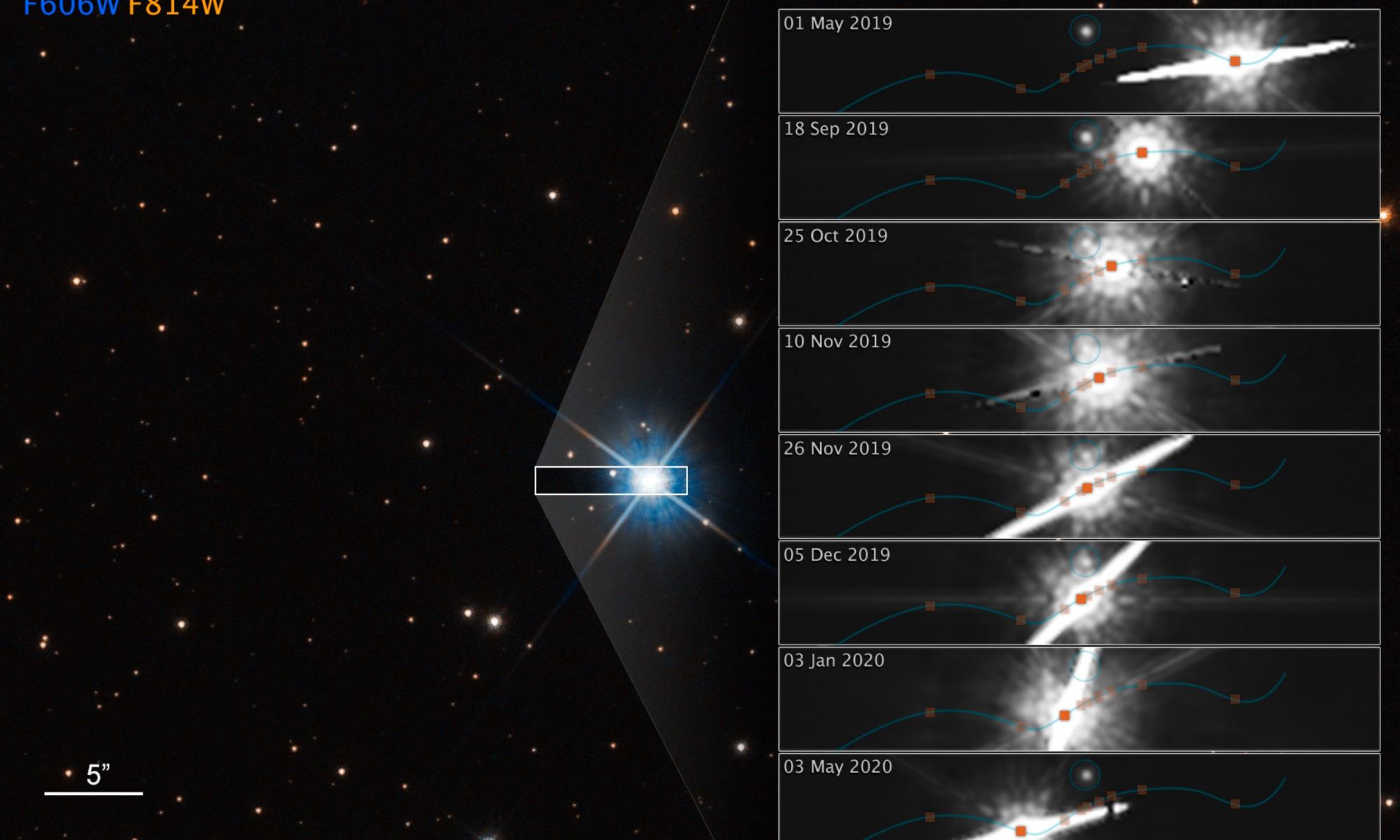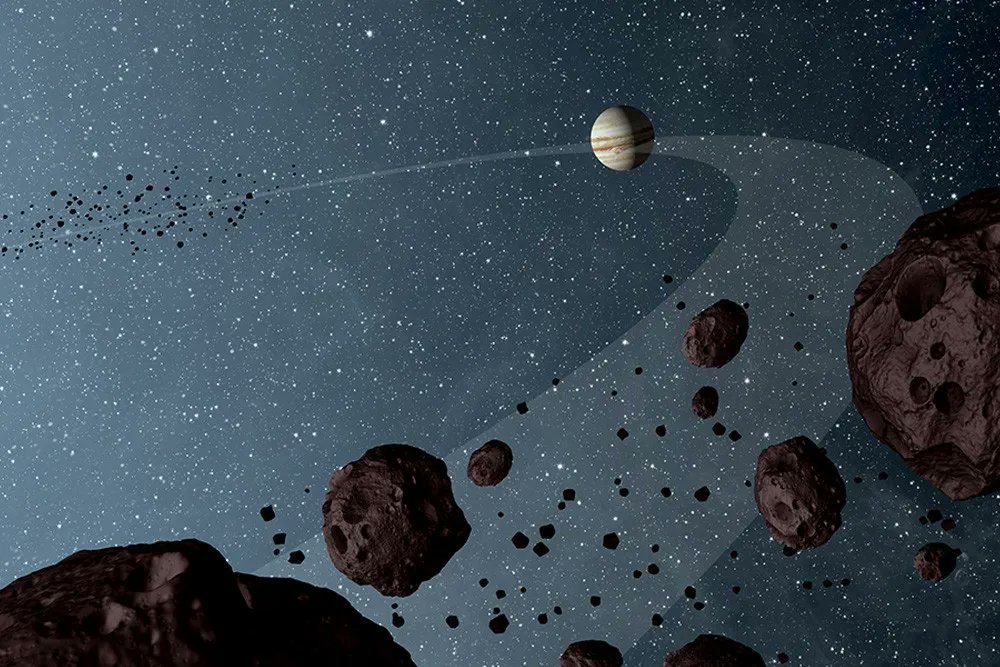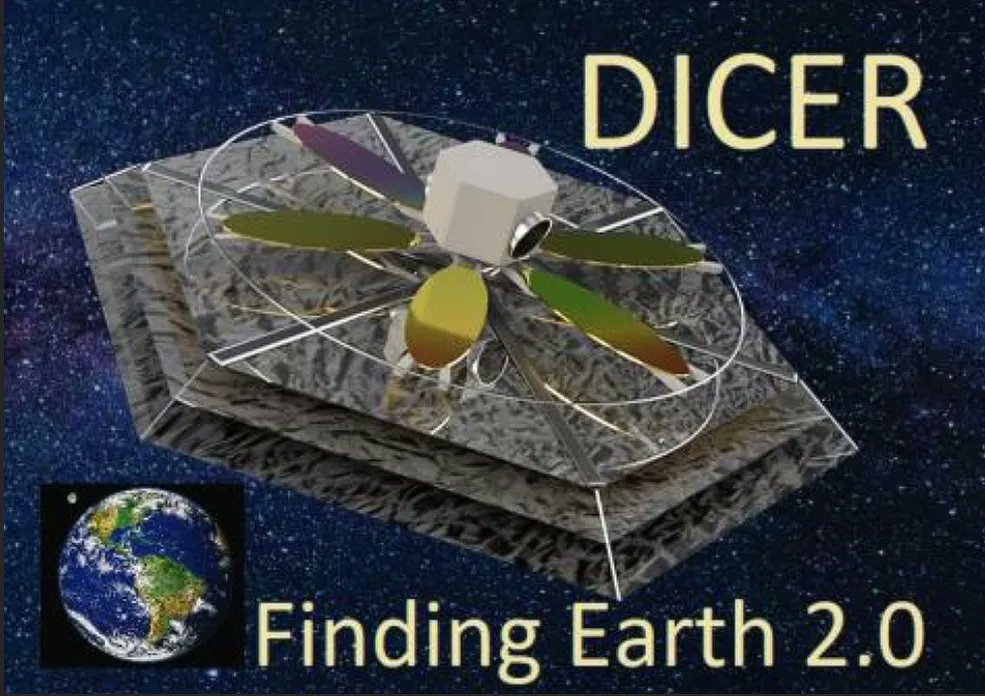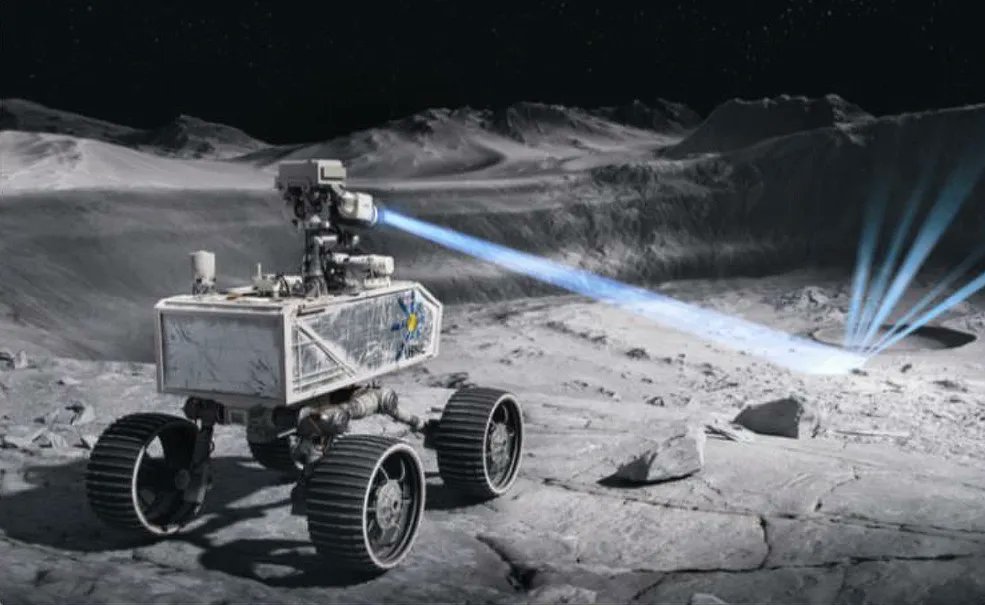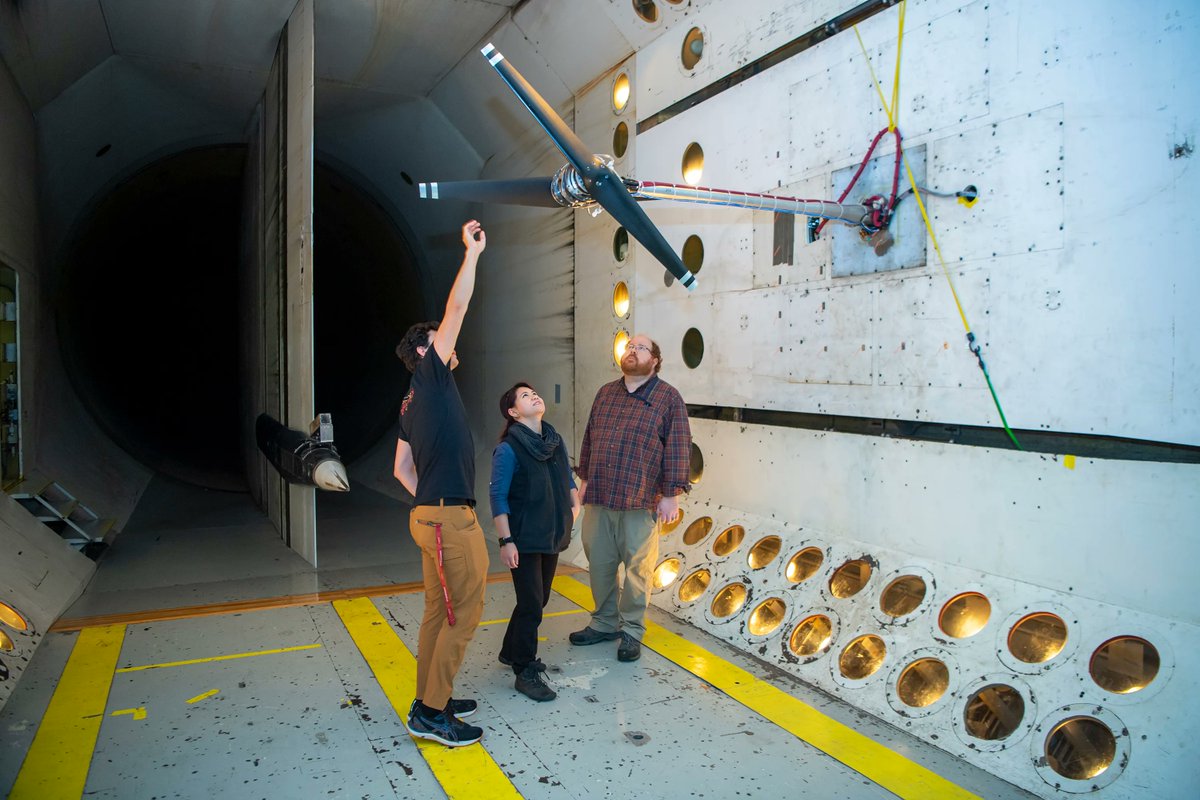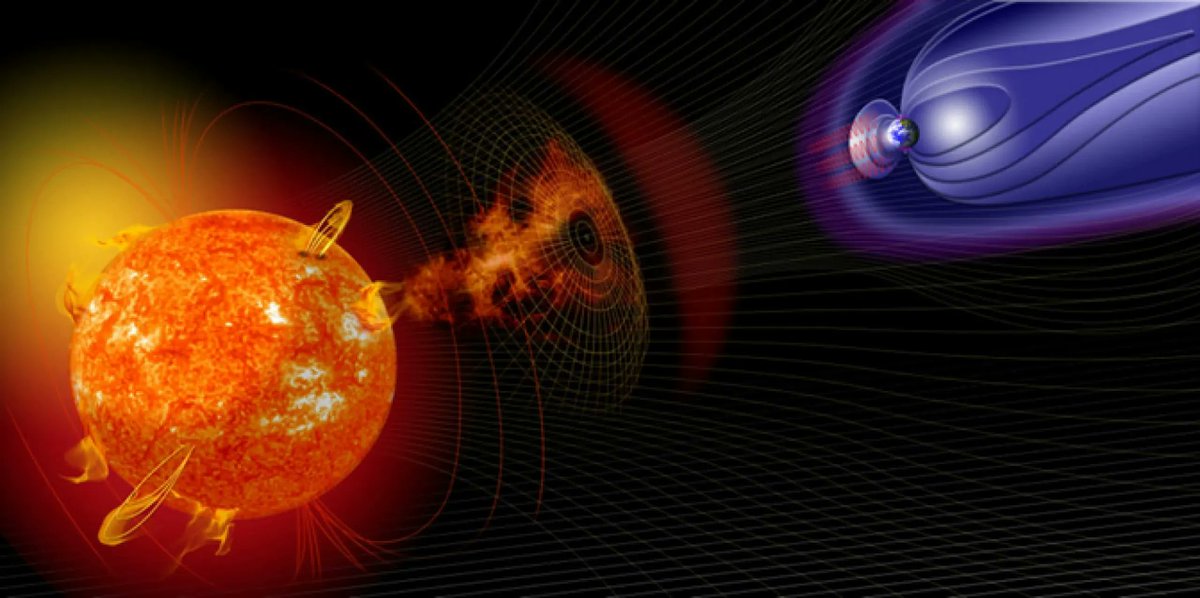How do you measure an object’s weight from a distance? You could guess at its distance and therefore derive its size. Maybe you could further speculate about its density, which would eventually lead to an estimated weight. But these are far from the exact empirical studies that astrophysicists would like to have when trying to understand the weight of stars. Now, for the first time ever, scientists have empirically discovered the weight of a distant single star, and they did so using gravitational lensing.
Continue reading “The Mass of a Single Star (other than the Sun) has Been Directly Measured for the First Time”Why are Jupiter’s Trojan Regions so Unevenly Balanced With Asteroids?
Solar systems evolve, especially early on in their lifetimes. While this evolution is primarily driven by gravity, there are some parts of our own solar system that are difficult to understand – especially how gravity forced them into their current configuration. One of the most prominent of these areas is the Trojan asteroids.
Continue reading “Why are Jupiter’s Trojan Regions so Unevenly Balanced With Asteroids?”An Extremely Lightweight Fission Rocket Could Reach the Solar Gravitational Lens in 15 Years
Novel propulsion ideas for moving around space seem like they’re a dime a dozen recently. Besides the typical argument between solar sails and chemical propulsion lies a potential third way – a nuclear rocket engine. While we’ve discussed them here at UT before, NASA’s Institute of Advanced Concepts has provided a grant to a company called Positron Dynamics for the development of a novel type of nuclear fission fragment rocket engine (FFRE). It could strike the balance between the horsepower of chemical engines and the longevity of solar sails.
Continue reading “An Extremely Lightweight Fission Rocket Could Reach the Solar Gravitational Lens in 15 Years”If an Earthlike Planet is Within 30 Light-Years, This Space Telescope Will Find it
There has long been a limiting factor in the development of space-based telescopes – launch fairings. These capsules essentially limit the overall size of the mirrors we are able to launch into space, thereby limiting the sensitivity of many of those instruments. Despite those limitations, some of the most successful telescopes ever have been space-based, but even with all the advantages of being in space, they have so far failed to find an exoplanet in the habitable zone of a Sun-like star. Enter a new project called the Diffractive Interfero Coronagraph Exoplanet Resolver (DICER), which recently received funding from NASA’s Institute for Advanced Concepts (NIAC).
Continue reading “If an Earthlike Planet is Within 30 Light-Years, This Space Telescope Will Find it”A new Propulsion System Could Levitate Vehicles in the Earth’s Upper Atmosphere
Sometimes it’s hard to remember that NASA also does atmospheric research too. While typically thought of as the province of the National Oceanic and Atmospheric Administration (NOAA), America’s space agency also has a vested interest in exploring our atmosphere and in the technologies that enable us to do so. As such, its NASA Institute for Advanced Concepts (NIAC) program provided a Phase I grant to a team from the University of Pennsylvania to develop a novel type of propulsion using only light to collect data in the Earth’s challenging-to-explore mesosphere.
Continue reading “A new Propulsion System Could Levitate Vehicles in the Earth’s Upper Atmosphere”A new way to Peer Into the Permanently Shadowed Craters on the Moon, Searching for Deposits of Water ice
Not all flashlights are created equal. Some are stronger, consume more power, or have features such as blinking or strobes. Some aren’t even meant for humans, such as a new project that recently received funding from a NASA Institute for Advanced Concepts (NIAC) Phase I award. Designed by the Ultra Safe Nuclear Corporation (USNC), this flashlight doesn’t emit visible light, but it does emit x-rays and gamma rays, and the researchers on the project think it could be useful for finding resources on the Moon.
Continue reading “A new way to Peer Into the Permanently Shadowed Craters on the Moon, Searching for Deposits of Water ice”NASA is Continuing to Build the Titan Dragonfly Helicopter. Here are its Rotors
Ingenuity, the helicopter assisting NASA’s Mars Perseverance rover on its mission, has been a huge success. It gathered the achievement of the first controlled flight on another heavenly body, has performed spectacularly over its 28 flights and holds records for both speed and distance. But it might not for long, as a much bigger, more capable helicopter is currently under development. And when it eventually explores Titan in the next decade, it has an excellent chance to smash many of Ingenuity’s records.
Continue reading “NASA is Continuing to Build the Titan Dragonfly Helicopter. Here are its Rotors”Are Chemical Rockets or Solar Sails Better to Return Resources from Asteroids?
If and when we ever get an asteroid mining industry off the ground, one of the most important decisions to be made in the structure of any asteroid mining mission would be how to get the resources back to where all of our other infrastructure is – somewhere around the Earth. That decision typically will focus on one of two propulsion methodologies – chemical rockets, such as those we already use to get us into space in the first place, or solar sails, which, while slower and unable to get us into orbit, don’t require any fuel. So, which propulsion methodology is better for these future missions? A study by researchers at the University of Glasgow looked at those two scenarios and came out with a clear-cut answer – solar sails.
Continue reading “Are Chemical Rockets or Solar Sails Better to Return Resources from Asteroids?”Arecibo Studied 191 Asteroids That Flew Past the Earth. All the Data are Available in a new Paper
Even from beyond the grave, Arecibo is still contributing to new discoveries. Back in October, researchers released a “treasure trove of data” from what was then the world’s most powerful radio telescope on the radar signatures of near-Earth asteroids (NEAs). Not only will these observations help defend the planet if any of those asteroids happen to be hazardous, but they can also help the burgeoning asteroid mining industry scan for targets.
Continue reading “Arecibo Studied 191 Asteroids That Flew Past the Earth. All the Data are Available in a new Paper”Space Weather is an Ever-Increasing Threat to Humanity. But it’s not the Sun’s Fault, it’s Ours
Space-age technologies have made fundamental changes to the way we live our lives. Avionics allow us to fly to other continents on almost a moment’s notice. GNSS services enable us to navigate our cars on roads we’ve never driven before without a paper map. And some form of radio has become the backbone of both our entertainment and communication networks. So what happens if a solar storm disrupts all of that? That is the focus of a new review paper by Natalia Buzulukova and Bruce Tsurutani, one of the world’s leading experts on space weather. They stress that we haven’t adequately prepared for a once-in-a-millennial solar storm that may be coming soon.
Continue reading “Space Weather is an Ever-Increasing Threat to Humanity. But it’s not the Sun’s Fault, it’s Ours”
